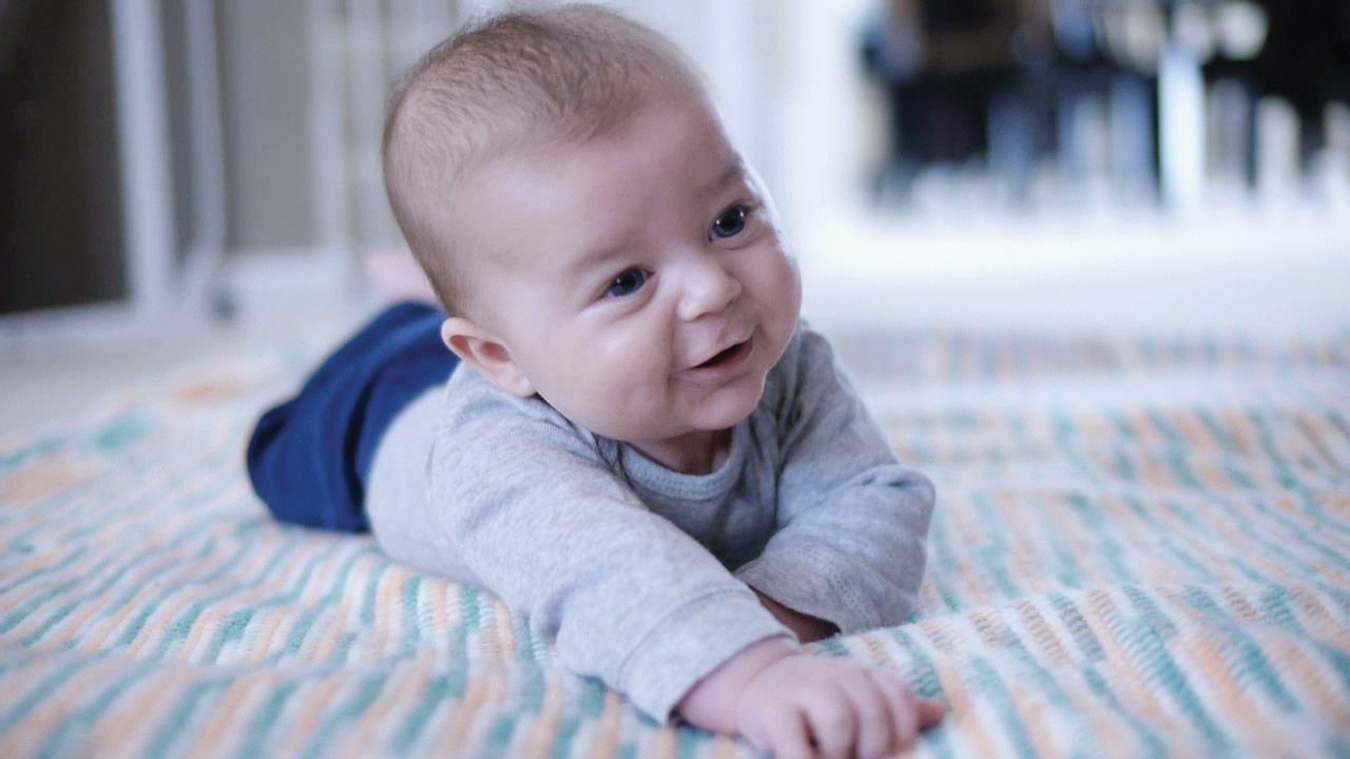Applications
Question 6.1
Elicit vocalizations from an infant—
babbling if the baby is under age 1, words if the baby is older. Write down all the baby’s communication for 10 minutes. Then ask the primary caregiver to elicit vocalizations for 10 minutes, and write these down. What differences are apparent between the baby’s two attempts at communication? Compare your findings with the norms described in the chapter. Question 6.2
Piaget’s definition of intelligence is adaptation. Others consider a good memory or an extensive vocabulary to be a sign of intelligence. How would you define intelligence? Give examples.
Question 6.3
Many educators recommend that parents read to babies every day, even before one year of age. What theory of language development does this reflect and why? Ask several parents if they did so, and why or why not.
Question 6.4
Test an infant’s ability to search for a hidden object. Ideally, the infant should be about 7 or 8 months old, and you should retest over a period of weeks. If the infant can immediately find the object, make the task harder by pausing between hiding and searching or by moving the object from one hiding place to another.
ONLINE CONNECTIONS

To accompany your textbook, you have access to a number of online resources, including Learning Curve, an adaptive quizzing program, critical thinking questions, and case studies. For access to any of these links, go to www.worthpublishers.com/
- Language Development in Infancy. How easy is it to understand a newborn’s coos? Or a 6-
month old’s babbling? But we can almost all make out the voice of a toddler singing “Twinkle, Twinkle” Video clips from a variety of real- life contexts bring to life the development of children’s language.